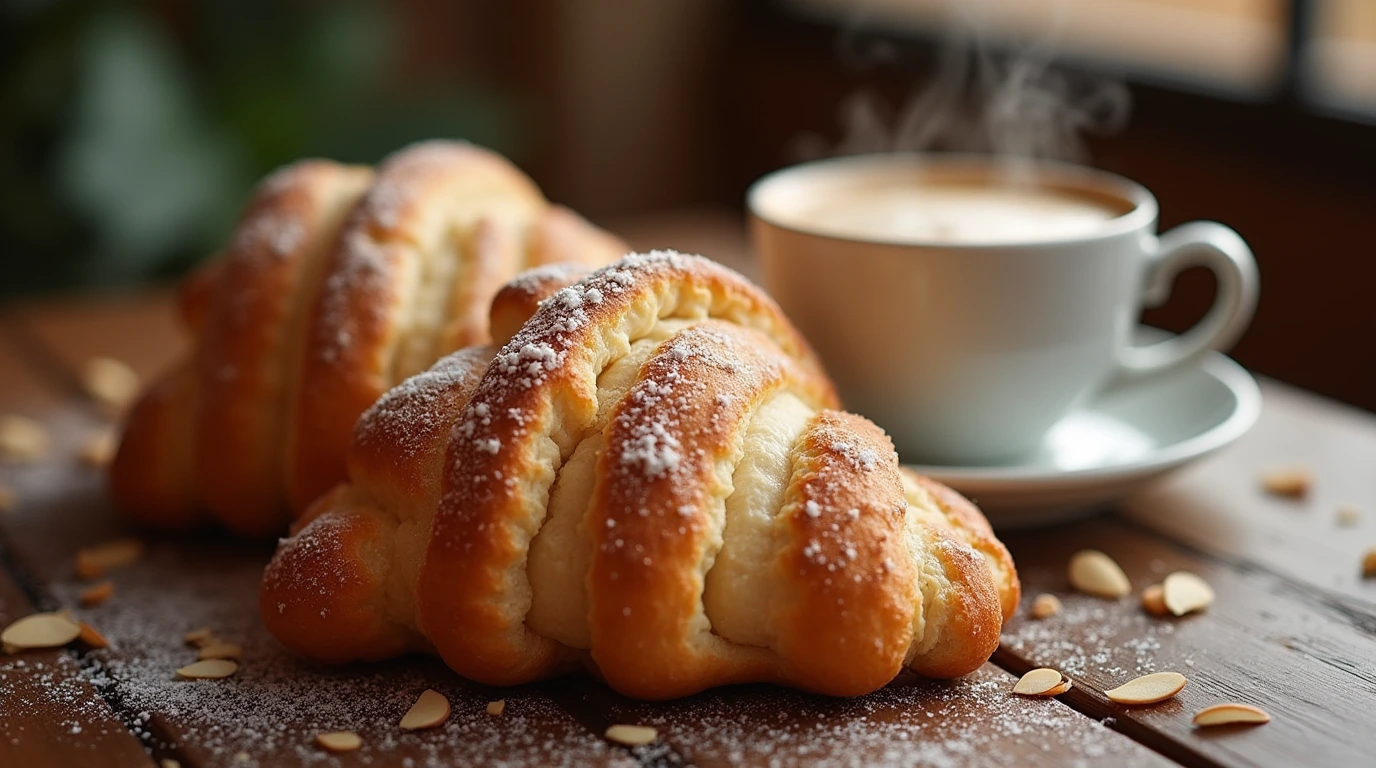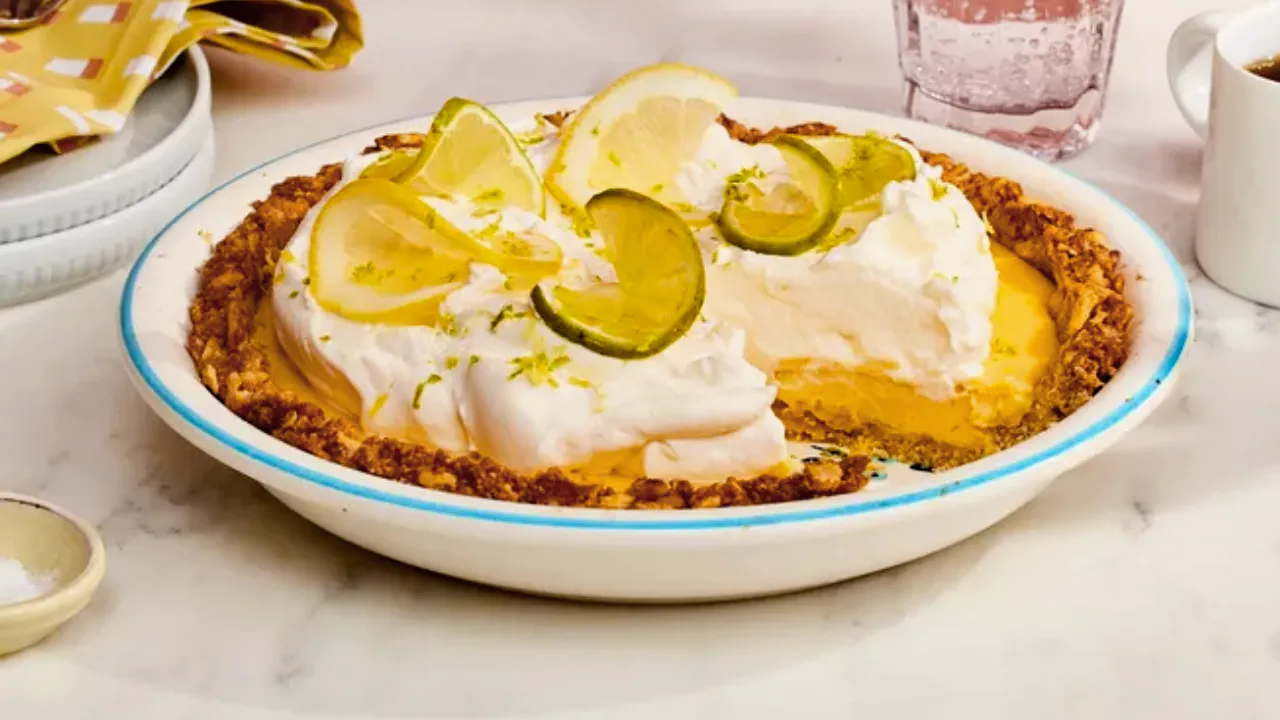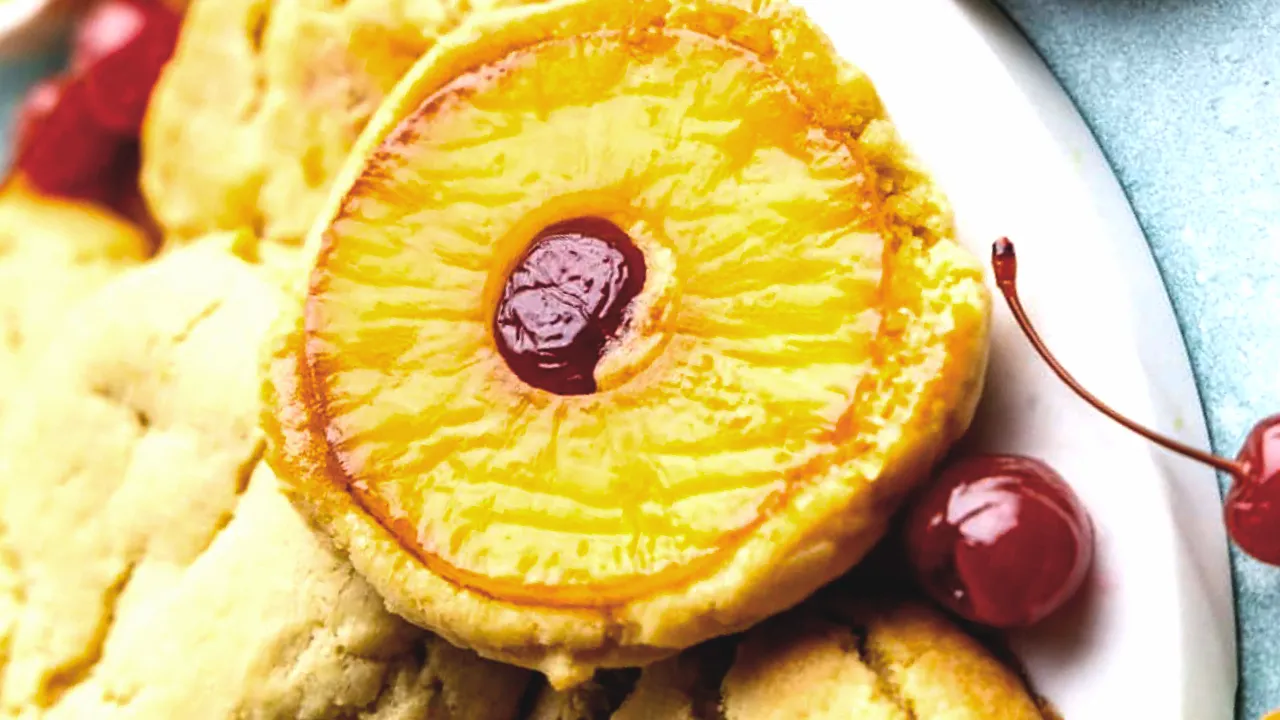Mandelgipfel is a beloved pastry known for its rich almond flavor, flaky texture, and sweet finish. But what is a Mandelgipfel? Often referred to as an almond crescent, this pastry is a staple in Swiss and German bakeries, combining the elegance of traditional pastry dough with the nutty richness of almonds.
In this guide, we’ll explore the origins of Mandelgipfel, the ingredients that define it, and how it differs from other almond-based pastries. Whether you’re a pastry enthusiast or discovering Mandelgipfel for the first time, this article will deepen your appreciation for this delightful treat.
Understanding the Mandelgipfel: Origins and Meaning
To appreciate the Mandelgipfel, it’s important to understand its cultural roots and the meaning behind its name.
1. The History of Mandelgipfel
- Swiss and German Heritage:
- Mandelgipfel, which translates to “almond crescent,” is a popular pastry in Switzerland and parts of Germany.
- Its crescent shape reflects its origins as a variation of traditional Gipfeli (Swiss crescent rolls) with the addition of almonds.
- Almonds in European Baking:
- Almonds have long been a staple in European desserts, symbolizing indulgence and festivity.
- The Mandelgipfel combines this nutty richness with the delicate texture of flaky pastry.
Pro Tip: The addition of almonds sets the Mandelgipfel apart from simpler crescent rolls, giving it a sweet, nutty flavor that pairs beautifully with coffee or tea.
2. What Does “Mandelgipfel” Mean?
- Breaking Down the Name:
- “Mandel” means almond in German.
- “Gipfel” translates to peak or crescent, reflecting its iconic shape.
- A Regional Favorite:
- While similar to almond croissants, the Mandelgipfel has a distinct identity in Swiss and German culinary traditions.
- It’s often enjoyed as a breakfast pastry or a midday snack.
Why It Matters: Understanding the name and history of it helps you appreciate its cultural significance and why it remains a bakery favorite.
Ingredients That Define a Mandelgipfel
The Mandelgipfel’s distinct flavor and texture come from its carefully chosen ingredients, which create a balance of richness, sweetness, and nuttiness.
1. Almonds: The Star Ingredient
- Ground Almonds:
- Often used in the filling, ground almonds create a rich, nutty paste that forms the pastry’s core.
- Almond meal or marzipan may also be used for added sweetness.
- Sliced Almonds:
- Sprinkled on top, sliced almonds give it a decorative and crunchy finish.
Pro Tip: Toasting the sliced almonds before baking enhances their flavor and aroma.
2. Pastry Dough: The Perfect Base
- Laminated Dough:
- Similar to croissant dough, it uses laminated dough for a flaky, layered texture.
- The dough is rolled and folded with butter to create the signature lightness.
- Rich and Buttery:
- High-quality butter ensures the pastry is tender and melts in your mouth.
Pro Tip: Chill the dough between folds to maintain distinct layers and prevent the butter from melting.
3. Sweet Toppings and Glazes
- Sugar Glaze:
- A light glaze made of powdered sugar and milk or water adds a glossy finish and extra sweetness.
- Honey or Almond Syrup:
- Some recipes include honey or almond-flavored syrup for added depth of flavor.
Pro Tip: For a festive twist, dust the Mandelgipfel with powdered sugar after baking.
Why These Ingredients Matter
The combination of flaky pastry, almond filling, and sweet toppings makes it a standout pastry that’s both elegant and satisfying.

How Is Made
Creating a Mandelgipfel requires attention to detail, balancing the buttery pastry with its rich almond flavor. Here’s how this delicious pastry is crafted.
1. Preparing the Dough
- Laminated Dough:
- Begin with a laminated dough similar to croissant dough.
- Roll out the dough and fold it with butter multiple times to create layers that will puff up during baking.
- Chilling Between Steps:
- Chill the dough between folds to maintain the butter’s consistency and prevent it from melting into the layers.
Pro Tip: Use a marble rolling pin or chill your tools to keep the dough cold while working.
2. Adding Almond Fillings and Coatings
- Filling:
- Spread a thin layer of almond paste or marzipan across the rolled-out dough.
- For extra flavor, you can mix the almond paste with honey or a splash of almond extract.
- Shaping:
- Cut the dough into triangles and roll each triangle into a crescent shape.
- Ensure the almond filling is evenly distributed to avoid empty spots.
- Coating:
- Brush the shaped Mandelgipfel with an egg wash to create a glossy finish.
- Sprinkle sliced almonds over the top for added crunch and decoration.
3. Baking to Perfection
- Temperature:
- Bake at 375°F (190°C) for 15-20 minutes, or until golden brown and puffed.
- Finishing Touches:
- After baking, apply a light sugar glaze for sweetness and shine.
- Dust with powdered sugar for an elegant presentation.
Pro Tip: Rotate the baking tray halfway through baking to ensure even browning.
Why These Steps Matter
The process of making a Mandelgipfel emphasizes precision and patience, ensuring every bite is flaky, nutty, and perfectly sweet.
How Does a Mandelgipfel Differ from Other Pastries?
While it shares similarities with other almond-based pastries, it has unique characteristics that set it apart. Here’s how it compares.

1. Mandelgipfel vs. Croissant
- Key Difference:
- Croissants are flaky pastries without fillings by default, while Mandelgipfel includes a rich almond paste filling and almond toppings.
- Flavor Profile:
- Mandelgipfel leans towards sweetness due to the almond filling and glaze, whereas croissants are typically neutral in flavor and used for both sweet and savory pairings.
Pro Tip: If you love almonds, it offers a nuttier, richer experience compared to plain croissants.
2. Mandelgipfel vs. Almond Croissants
- Key Difference:
- Almond croissants are usually made by repurposing day-old croissants with an almond filling and almond toppings.
- Mandelgipfel is crafted from scratch, incorporating almonds as a key ingredient in the dough and filling.
- Texture:
- Almond croissants often have a softer, less flaky texture after being re-baked, whereas Mandelgipfel maintains a fresh, flaky consistency.
Pro Tip: For a more artisanal pastry, choose Mandelgipfel over almond croissants.
Why These Differences Matter
Understanding the distinctions between Mandelgipfel and similar pastries helps you appreciate its unique qualities, from its almond-rich flavor to its freshly baked, flaky texture.
FAQs About Mandelgipfel
Here are answers to some common questions about it to help you better understand and enjoy this delightful pastry.
1. Is a Mandelgipfel a Breakfast Pastry?
- Yes:
- Mandelgipfel is often enjoyed as a breakfast pastry in Switzerland and Germany.
- Its mild sweetness and nutty flavor make it a perfect companion to coffee or tea.
Pro Tip: Pair Mandelgipfel with a cappuccino or latte for a traditional European breakfast experience.
2. Can it Be Made Gluten-Free?
- Yes, with Adjustments:
- Use a gluten-free flour blend designed for baking to replace the traditional flour.
- Add a binding agent like xanthan gum to help mimic the elasticity of regular dough.
Pro Tip: Chill the gluten-free dough thoroughly to make it easier to handle during lamination.
3. How Do You Store it?
- Short-Term Storage:
- Store Mandelgipfel in an airtight container at room temperature for up to 2 days.
- Reheat in a 300°F (150°C) oven for 5 minutes to refresh the texture.
- Long-Term Storage:
- Freeze unbaked Mandelgipfel for up to 1 month. Thaw in the fridge overnight before baking.
Pro Tip: Avoid refrigerating baked Mandelgipfel, as this can make them dry and lose their flaky texture.
Why These FAQs Matter
Understanding how to enjoy, adapt, and store Mandelgipfel ensures you get the most out of this pastry, whether you’re making it at home or purchasing it fresh.
Conclusion:
The Mandelgipfel is a delightful pastry that combines flaky, buttery dough with the rich flavor of almonds. Whether enjoyed as a breakfast treat or a sweet snack, its unique texture and flavor make it a standout among European pastries.
Key Takeaways
- What Defines a Mandelgipfel: Its almond-rich filling, flaky texture, and sweet toppings create a perfect balance of flavor and elegance.
- How It Differs: Mandelgipfel stands out from croissants and almond croissants with its distinct preparation and presentation.
- Perfect Pairing: Enjoy it with a hot coffee or tea for a classic European experience.
For more insights, explore our Mandelgipfel Recipe Guide [https://queensrecipe.com/the-ultimate-guide-to-making-gipfeli-a-swiss-delight] or check out European Pastries Inspiration [https://queensrecipe.com/unique-cookie-recipes-a-delicious-adventure-in-baking] for additional baking ideas.



